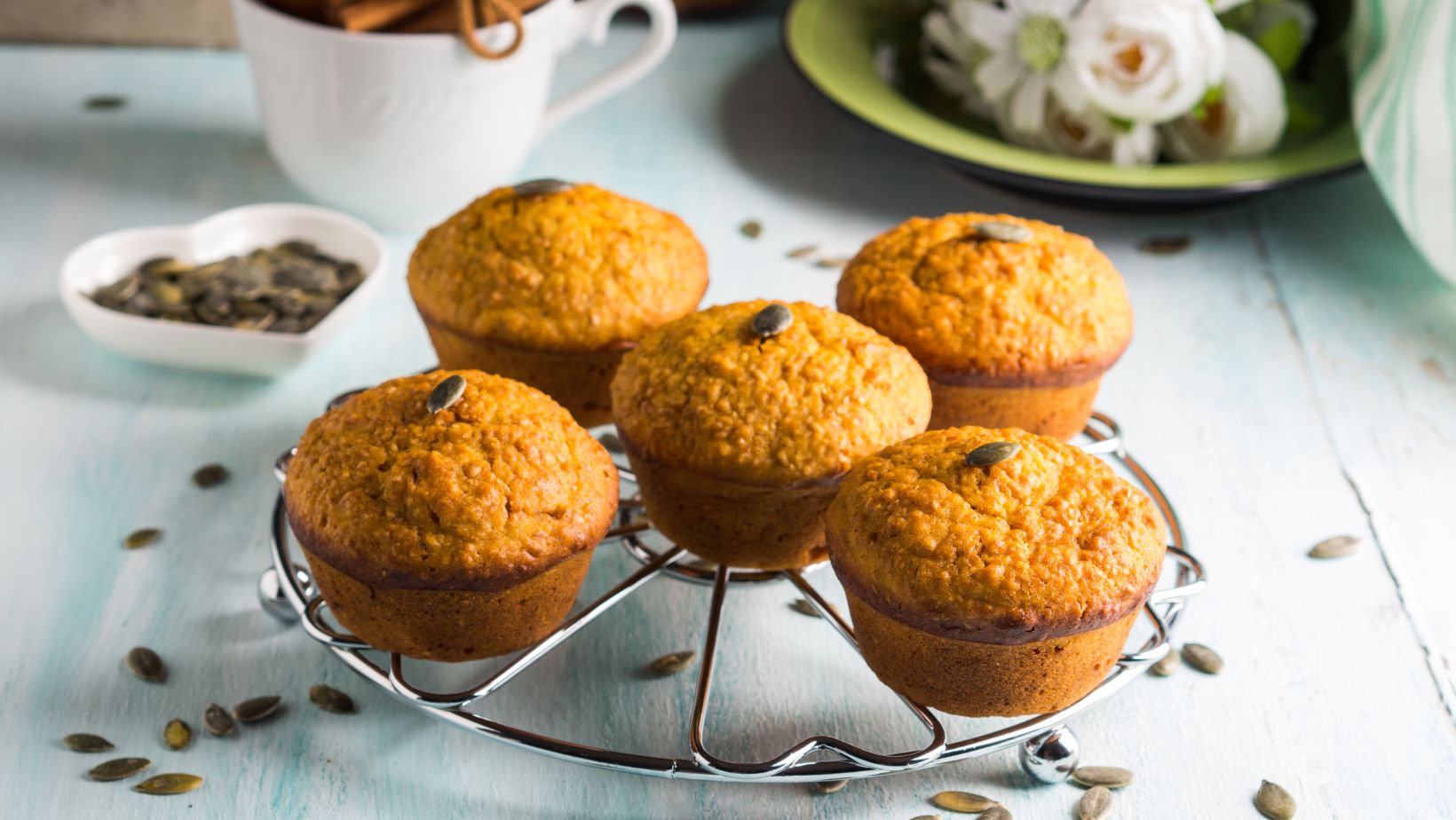Looking for delicious dessert recipes that are also healthy? Look no further than whole wheat dessert recipes! Whole wheat is a nutritious option that adds fiber and nutrients to your sweet treats without compromising on taste. In this article, I’ll share some mouthwatering whole wheat dessert recipes that will satisfy your cravings while keeping you on track with your health goals.
When it comes to baking with whole wheat flour, many people worry about the texture being dense or dry. But fear not! With the right ingredients and techniques, you can create moist and delectable desserts that everyone will love. From cookies and cakes to muffins and pies, there’s a whole world of possibilities when it comes to incorporating whole wheat into your favorite desserts.
Whole Wheat Dessert Recipes
The Health Benefits of Whole Wheat Desserts
When it comes to indulging in desserts, whole wheat might not be the first ingredient that comes to mind. However, incorporating whole wheat flour into your sweet treats can actually offer some surprising health benefits. Unlike refined white flour, which is stripped of its nutrients during processing, whole wheat flour retains the bran and germ, making it a great source of dietary fiber, vitamins, and minerals.
One of the key advantages of using whole wheat flour in your chocolate cake is its high fiber content. Fiber plays a crucial role in promoting healthy digestion and regulating blood sugar levels. By choosing a decadent whole wheat chocolate cake over a traditional one made with refined flour, you’ll be treating yourself to a dessert that not only satisfies your sweet tooth but also provides essential nutrients for overall well-being.
Choosing the Best Whole Wheat Flour for Your Chocolate Cake
Not all whole wheat flours are created equal when it comes to baking. To ensure the best result for your decadent chocolate cake, it’s important to select the right type of whole wheat flour. Look for labels that specify “whole grain” or “100% whole wheat” to ensure you’re getting the full nutritional benefits.
Additionally, consider opting for stone-ground or freshly milled whole wheat flour. These varieties are less processed than commercially available options and retain more nutrients and flavor. Experimenting with different brands and types of whole wheat flours can help you find the perfect balance between texture and taste in your chocolate cake.

Delicious Whole Wheat Apple Pie
Baking a Nutritious Whole Wheat Apple Pie
When it comes to baking a nutritious whole wheat apple pie, there are a few key considerations to keep in mind. First and foremost, opt for whole wheat flour instead of refined white flour. Whole wheat flour retains the bran and germ of the grain, making it higher in fiber and nutrients. This adds a wholesome element to your pie while still maintaining its delicious taste.
To enhance the nutritional value even further, consider using natural sweeteners like honey or maple syrup instead of refined sugar. These alternatives not only add sweetness but also offer additional health benefits compared to traditional sugar.
Exploring Flavor Combinations for Whole Wheat Desserts
Whole wheat desserts don’t have to be boring or lackluster in taste! In fact, they can be just as delightful as their refined counterparts with the right flavor combinations. When it comes to apple pie, you have plenty of options.
Consider adding a touch of citrus zest such as lemon or orange to brighten up the flavors and bring out the natural sweetness of apples. Another option is incorporating warming spices like nutmeg, cloves, or allspice into your filling for that comforting aroma and depth of flavor.
Tips for Achieving the Perfect Flaky Crust in Your Whole Wheat Apple Pie
The crust is a crucial component of any apple pie, and with whole wheat flour, achieving a flaky texture can be a bit challenging. However, with a few tips and tricks, you can still create a crust that is both wholesome and flaky.
One important step is to ensure the butter or shortening used in the crust is cold. Cold fat helps create pockets of steam during baking, resulting in those desirable layers of flakiness. Additionally, using ice water instead of room temperature water will help keep the dough cool and prevent it from becoming too sticky.
Another helpful tip is to refrigerate the dough for at least 30 minutes before rolling it out. This allows the gluten in the flour to relax, making it easier to handle and preventing shrinkage during baking.
Bob Duncan is the lead writer and partner on ConversationsWithBianca.com. A passionate parent, he’s always excited to dive into the conversation about anything from parenting, food & drink, travel, to gifts & more!
